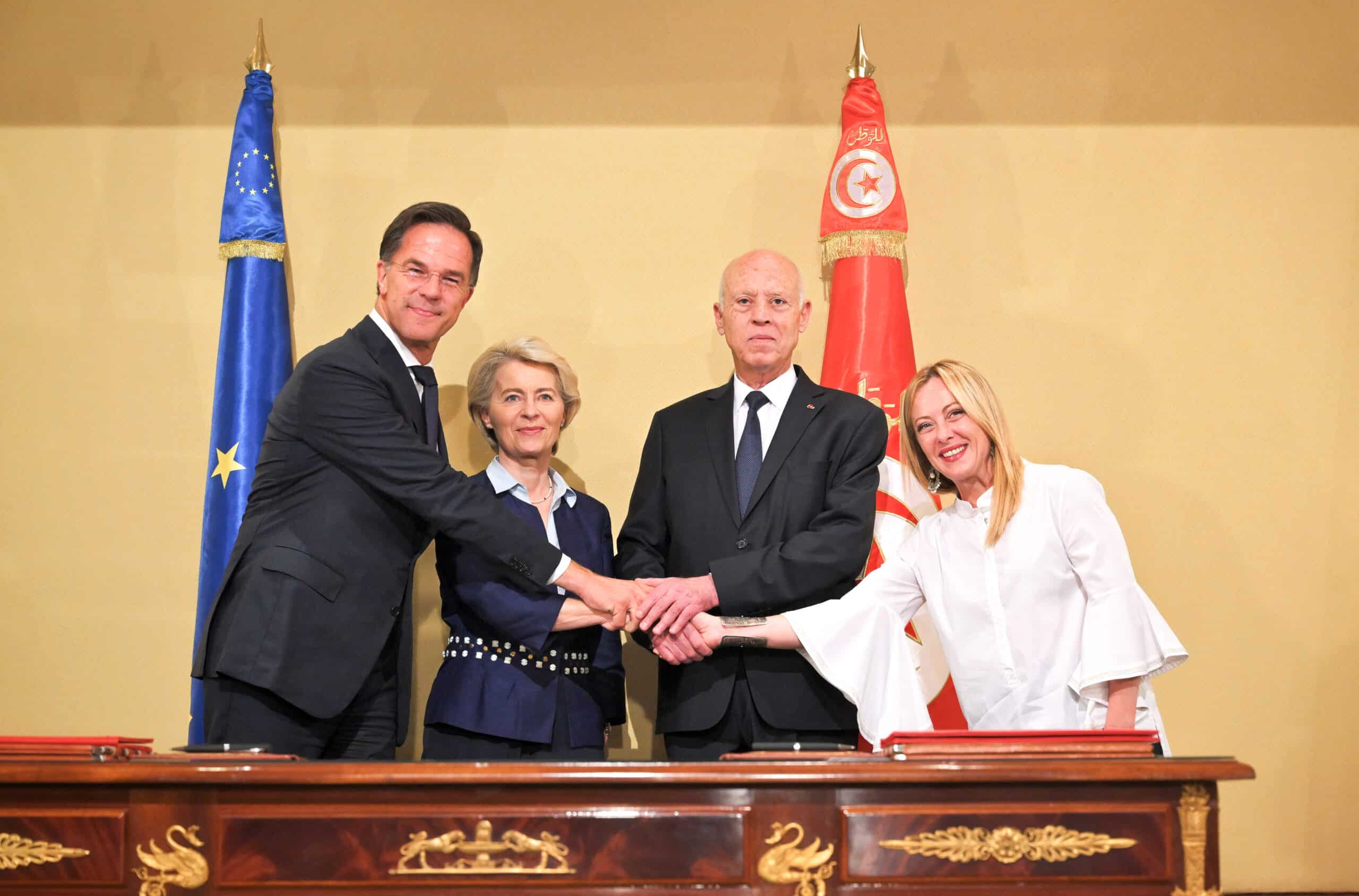Brussels -Good, but not great: more needs to be done on the reform agenda and to implement the National Recovery Plan (NRRP). Progress so far has been made, but it appears limited, and the (successful) completion of the twin transition is required by 2026. 2024 must be the year of acceleration in implementing NRRPs: a goal set in a working paper of the European Parliament’s think tank to renew attention and pressure on national governments responsible for reforms that require sustainability and digitalization. According to data updated on January 8, 2024, “EU member states have achieved 15 percent of targets under the Green Transition pillar and 13 percent of those under the Digital Transformation pillar,” the document notes. “The fact that member states still have to reach 86 percent of NRRP targets related to the twin transition means that it will be important for RRF implementation to regain momentum now that the revision of most plans has been finalized.” Therefore, the year that just started must be a turning point: a ‘green’ turn, a technological turn, a political turn in the ability to use funds and enact the agreed reforms. This commitment especially concerns Italy, the second-largest recipient of EU contributions from NextGenerationEU after Spain, the €750 billion post-pandemic recovery program, and its Recovery Fund (€672.5 billion) that finances NRRPs.
The full utilization of these resources is all the more relevant now as the RRF will “be a key driver of public investment in the EU in times of tighter monetary policy, limited fiscal space of member states, and renewed application of EU fiscal rules,” the paper stressed. This aspect describes Italy, the country with the second-highest level of debt/GDP in the EU after Greece, a country called upon to reduce spending and the deficit, grappling with problems related to the higher interest costs on debt securities after ECB rate hikes. So the call in the European Parliament’s working paper is for the Meloni government, more than anyone else: a challenge.
After all, attention and efforts for the twin transition are anything but not minimal. Considering that everything has to be closed by 2026, “against the backdrop of huge investment needs in these strategic policy areas, 2024 marks a crucial phase in the implementation of NextGenerationEU.” Not least because in 2024, the rules of the Stability Pact will return after the reform agreement reached in December. Like them or not (that’s another story), public spending constraints will reduce the room for maneuvering. For this reason, it will be necessary to get busy with reforms and the proper spending of EU funds.
English version by the Translation Service of Withub

![Il consiglio Ecofin straordinario, in videoconferenza, trova l'accordo per la riforma del patto di stabilità [23 dicembre 2023. Foto: European Council]](https://www.eunews.it/wp-content/uploads/2023/12/ecofin-231220-350x250.png)



![Una donna controlla le informazioni sul cibo specificate sulla confezione [foto: archivio]](https://www.eunews.it/wp-content/uploads/2014/12/Etichette-alimentari.jpg)

